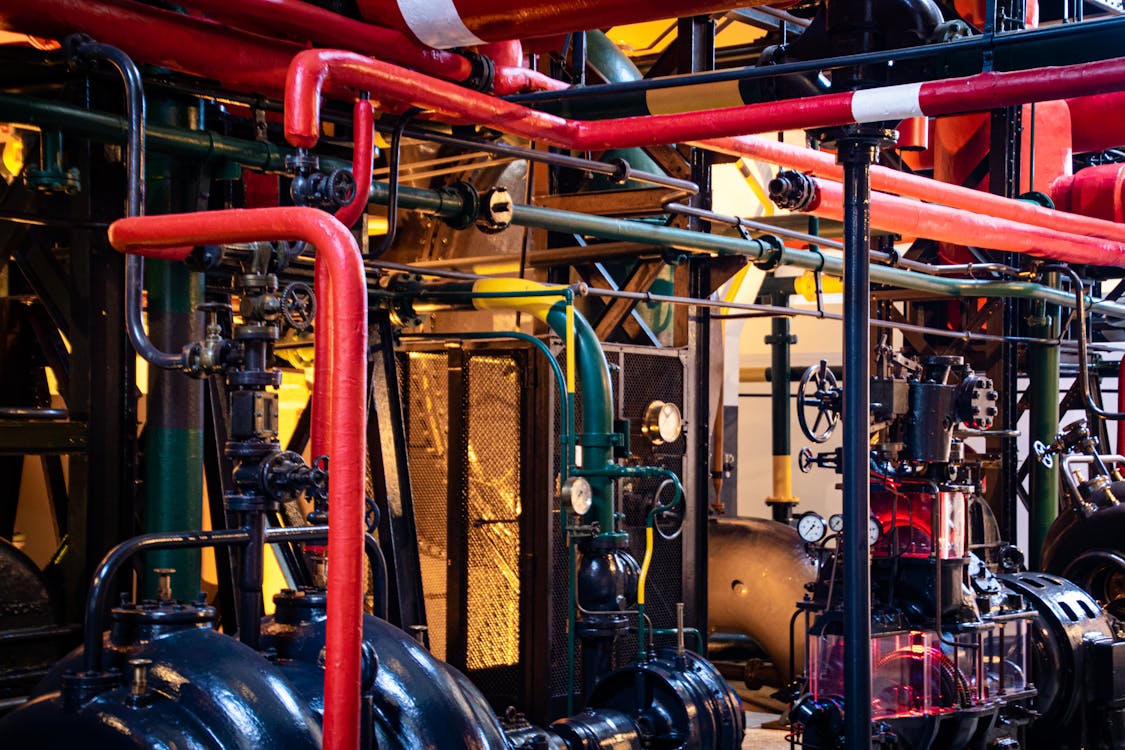
Know These 6 Things Before Choosing an Industrial Pump
Choosing the right industrial pump can significantly impact your operations, reducing downtime and ensuring efficient production. With numerous options available, businesses must navigate a landscape filled with variations in designs, functionalities, and applications. Factors like fluid type, system requirements, and maintenance needs play a vital role in selecting the pump that meets your industrial needs most effectively. Understanding these variables before making a decision can save resources and enhance operational efficiency.
Fluid Characteristics
The type of fluid being pumped is a primary factor to consider, as different fluids possess unique properties that dictate pump behavior. Viscosity, corrosiveness, temperature, and particle content all play into the pump’s optimal performance. Viscous fluids may require specialized designs such as gear or screw pumps to achieve the desired flow rate. It’s essential to select a pump that can handle abrasive fluids without excessive wear.
Pay attention to formulations and specifications from manufacturers to ensure the pump materials can withstand corrosion or damage caused by the fluid. Overall, evaluating fluid characteristics ensures you select a pump that will operate efficiently and last longer, minimizing the need for frequent replacements.
Application Requirements
Every industrial application presents its distinct set of requirements. Whether it is for chemical processing, water treatment, or food and beverage industries, each situation calls for specific pump features. Understanding your workflow is vital. High-pressure and high-temperature environments may necessitate pumps designed for durability under such conditions.
Consider whether the pump needs to be portable or fixed, as this can influence your choice greatly. For those looking for customizable options, platforms such as https://www.daepumps.com/ provide tailored solutions addressing various industrial needs. Assessing the intended application and environment is crucial before making a final decision to ensure you use the correct type of pump for your operation.
Maintenance and Reliability
Dependability is a cornerstone for any industrial operation. The selected pump should meet immediate needs and withstand the rigors of continuous use without frequent breakdowns or maintenance. Look for designs that are known for their reliability and ease of maintenance, as these factors directly impact overall productivity.
Pumps that require extended downtimes for servicing can be a hindrance. It’s beneficial to understand whether the manufacturer offers support for parts and service should you need it. Another critical aspect includes considering the lifespan and warranty of the pump, providing peace of mind regarding your investment. By prioritizing maintenance and reliability, you ensure smoother operations and higher efficiency over time.
Efficiency and Energy Consumption
Efficiency in pump operation enhances performance while reducing operating costs. Choosing a pump that consumes less energy while maintaining output can significantly impact your bottom line. Look into pumps designed with energy-efficient technologies that minimize power usage without compromising flow rates. Many modern pumps come with performance optimization features, which can adjust according to system demands.
Such innovations lead to reduced wear and improved efficiency. It is advisable to assess the pump’s operating and maintenance costs, ensuring that these do not overshadow energy savings over time. An efficient pump leads to cost reductions and contributes to sustainability efforts within the industrial sector.
Size and Configuration
The physical size and configuration of the pump can have substantial implications for installation and performance dependencies. Space constraints within your industrial environment may dictate the type of pump you can use. Configuration details, including inlet and outlet positions, matter significantly during installation.
Ensure that the chosen pump fits within existing structures and allows for seamless integration into your workflow. Considerations about enlargement or modifications in your layout should be made if future production timelines suggest possible expansions. It’s vital to anticipate both current and future requirements during selection so that your investment remains valid over time.
Cost and Budget Management
While an attractive price point can be appealing, it’s vital to assess overall costs. The initial price of a pump doesn’t always depict its value effectively; operational and maintenance costs can have long-term implications on budget management. Investing in a higher-quality pump with lower operational costs can save money in the long run. Identify financial parameters that allow for flexible budgeting, coupling them with financing options available through manufacturers and suppliers.
Quality should lead your decision-making as it often correlates with longevity, requiring fewer replacements. A clear understanding of the total cost of ownership will enable you to make a more informed decision that benefits your operations financially.
Regulatory Compliance
Understanding applicable industry regulations is essential before selecting a pump for your operation. Different industries have specific standards in place governing safety, environmental protection, and equipment integrity. Be sure your chosen pump complies with these regulations to avoid potential legal or safety issues down the line. Research certifications required for your industry and verify that potential pumps hold the necessary approvals.
By ensuring regulatory compliance, you’re safeguarding your business and enhancing its credibility within your sector. Choosing the right industrial pump requires careful consideration of various factors, including fluid characteristics, application requirements, maintenance, efficiency, sizing, costs, and compliance.
Taking the time to evaluate these aspects will lead to a thoughtful, informed decision that effectively meets your operational needs. Balancing quality with cost can ensure longevity and efficiency, forming the backbone of a successful production environment.
Popular Categories





